The Realme 8 Pro is the top entry in the company’s mid-range 8-series lineup. It features a 6.4-inch FHD+ screen, Qualcomm’s mid-range 720 chipset, and either 6 or 8 GB of memory with 128 GB of storage. There are four cameras on the back. The main wide module uses a high-resolution sensor in a bid to improve zoom performance; there’s also an ultra-wide camera as well as a dedicated 2 MP macro module for extreme closeups.
Read on to find out how the Realme 8 Pro performs in our DXOMARK Camera tests.
Key camera specifications:
- Standard-wide: 108 MP 1/1.52-inch sensor, f/1.88 lens, PDAF
- Ultra-wide: 8 MP sensor, 119° field of view, f/2.25 lens
- Macro: 2 MP sensor, 4 cm shooting distance
- 2 MP B&W sensor, f/2.4 lens
- LED flash
- 4K at 30 fps, 1080p at 60/30 fps (1080p/30 fps tested)
About DXOMARK Camera tests: For scoring and analysis in our smartphone camera reviews, DXOMARK engineers capture and evaluate over 3000 test images and more than 2.5 hours of video both in controlled lab environments and in natural indoor and outdoor scenes, using the camera’s default settings. This article is designed to highlight the most important results of our testing. For more information about the DXOMARK Camera test protocol, click here. More details on how we score smartphone cameras are available here.
Test summary

Realme 8 Pro


Pros
- Exposure mostly accurate outdoors and indoors
- Wide dynamic range in strongly backlit scenes
- Details high in bright to moderate light
- Fast and accurate autofocus
- Fairly accurate depth estimation in portrait mode
- Video noise well-controlled in bright light
- Video white balance mostly neutral outdoors and indoors
- Pleasant skin tones in outdoor videos
Cons
- Skin tones sometimes inaccurate in natural scenes
- Strong warm cast sometimes visible in low-light photos
- Coarse luminance noise in low-light photos, including on faces
- Underexposure in night photos, clipping in dark and bright areas of scene
- Zoom detail low
- Video contrast too high, clipped dark areas under all conditions
- Video autofocus instabilities
- Fine detail usually missing from videos
- Video color rendering inaccurate in low light
With an overall score of 103, the Realme 8 Pro lands towards the bottom of our general rankings, but when compared to other phones in the Advanced ($200-$399) price segment it’s more competitive, tying the more expensive Apple iPhone SE (2020) but lagging behind the class-leading Google Pixel 4a (111).
The Realme 8 Pro’s main camera exposes photos well, with notably wide dynamic range that holds detail in highlights, even in heavily backlit scenes. The simulated bokeh portrait mode is very good for this price segment as well. On the other hand, color performance could be much better and exposure accuracy drops sharply in low light, with underexposure becoming a problem. The photo score of 112 squeezes past the Xiaomi Redmi Note 10 Pro (111) but again lags behind the Pixel 4a (122).
The Zoom composite score of 50 is respectable for the Advanced category (the Xiaomi Redmi Note 10 Pro manages a 52). Its tele performance is top in its segment, but does not hold a candle to more capable phones in higher-priced segments with dedicated tele-cameras. Wide performance is acceptable.
The Video score of 86 is not among the best even within the restrictions of the Advanced category: high contrast causes clipped shadows, and autofocus and stabilization issues don’t help.
The Realme 8 Pro is very competitive in its category overall, with a fairly balanced set of strengths and weaknesses that is typical of devices in its segment. Compared to one of its most direct competitors, the Samsung A52 5G, it offers better performance in the Photo categories, especially for texture and noise, but cannot quite keep up in Video.
Below you can find detailed analyses and image samples for all Photo, Zoom, and Video sub-attributes, along with comparisons with two of the Realme 8 Pro’s competitors, the Xiaomi Redmi Note 10 Pro and the Samsung Galaxy S21+ 5G (Exynos).
Editor’s Note: When evaluating image quality, the camera team thinks it is important to assess devices from other segments just to see how, for example, an Advanced device performs against an Ultra-Premium one. (The reference devices have no influence on the final score of the tested device.)
Comparing the cameras of the Realme 8 Pro, the Samsung Galaxy S21+ 5G (Exynos), and the Xiaomi Redmi Note 10 Pro might seem a bit unusual considering their different price segments, but the comparison provided some interesting and unexpected insights – particularly in exposure – when it came to image quality. Read the full Samsung Galaxy S21+ 5G and Xiaomi Redmi Note 10 Pro Camera reviews.
Photo
The Realme 8 Pro achieves a Photo score of 112. In this section, we take a closer look at each sub-attribute and compare image quality against competitors.

Exposure and Contrast
Realme 8 Pro
84
111
In these tests we analyze target exposure, contrast, and dynamic range, including repeatability across a series of images. Tests are undertaken in a wide range of light conditions, including backlit scenes and low light down to 1 lux. The score is derived from a number of objective measurements in the lab and perceptual analysis of real-life images.
These samples show the Realme 8 Pro’s exposure performance in backlit conditions.
This graph shows the Realme 8 Pro’s average entropy (dynamic range) across a variety of light levels.
This graph shows the Realme 8 Pro’s target exposure across a variety of light levels.

Color
Realme 8 Pro
84
107
In these tests we analyze color rendering, skin tones, white balance, and color shading, including repeatability across a series of images. The score is derived from a number of objective measurements in the lab and perceptual analysis of real-life images.
These samples show the Realme 8 Pro’s color performance in low light. In portrait images we can sometimes also see inaccurate skin tone rendering.

Autofocus
Realme 8 Pro
97
109
In these tests we analyze autofocus accuracy and shooting time, including repeatability, in the lab. We test focus failures, depth of field, and tracking of moving subjects using perceptual analysis of real-life images.
This graph shows autofocus performance of the Realme 8 Pro in the lab at 100 lux.
This graph shows autofocus performance of the Realme 8 Pro in the lab at 5 lux.

Texture
Realme 8 Pro
92
111
In these tests we analyze texture on faces and objects, including objects in motion, in a range of light conditions, using several lab test setups and perceptual analysis of real-life images.
This graph shows the Realme 8 Pro’s texture measurements in the lab.

Noise
Realme 8 Pro
64
102
In these tests we analyze noise on faces and objects, including objects in motion, in a range of light conditions, using several lab test setups and perceptual analysis of real-life images.
These samples show the Realme 8 Pro’s noise performance in low light.

This graph shows the Realme 8 Pro’s noise performance in the lab.

Bokeh
Realme 8 Pro
65
80
For these tests we switch to the camera’s bokeh or portrait mode and analyze depth estimation, bokeh shape, blur gradient, and repeatability, as well as all other general image quality attributes mentioned above. The score is derived from perceptual analysis of real-life images.
These samples show the Realme 8 Pro’s bokeh simulation indoors.

Night
Realme 8 Pro
28
82
In these tests we shoot a selection of images in pitch-black darkness as well as with city lights in the background providing some illumination. We shoot sample images with the camera at default settings in both flash-auto and flash-off modes. We analyze all image quality attributes but we pay particular attention to exposure, autofocus, and color. We do not test night modes that have to be activated manually.
These samples show the Realme 8 Pro’s night performance in flash-auto mode.

Artifacts
Realme 8 Pro
66
77
In these tests we check images for optical artifacts such as vignetting, flare, lens softness in the corner, distortion, and chromatic aberrations, as well as for processing artifacts such as ghosting and fusion errors, hue shift, and ringing.
These samples shows how ghosting and dark halo artifacts on the Realme 8 Pro. This is mostly visible in high-contrast scenes with subject motion, such as this one.

Preview
Realme 8 Pro
49
80
In these tests we analyze the image quality of the preview image and the differences between preview images and captured images, particularly in terms of exposure, dynamic range, and bokeh effect. We also check the smoothness of the field-of-view changes in the preview image when zooming with both buttons or when using the pinch-zoom gesture.
These samples show the Realme 8 Pro’s preview performance in bokeh mode.

Zoom
The Realme 8 Pro achieves a Zoom score of 50. The Zoom score includes the tele and wide sub-scores. In this section, we take a closer look at how these sub-scores were achieved and compare zoom image quality against competitors.

Wide
Realme 8 Pro
31
58
In these tests we analyze the performance of the ultra-wide camera at several focal lengths from 12 to 20 mm. We look at all image quality attributes, but we pay particular attention to such artifacts as chromatic aberrations, lens softness, and distortion.
These samples show the performance of the Realme 8 Pro’s ultra-wide camera in outdoor conditions compared to the competition.
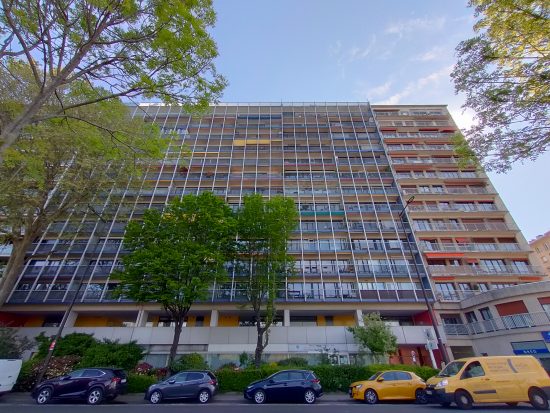

Tele
Realme 8 Pro
63
140
In these tests we analyze all image quality attributes at focal lengths from approximately 40 to 300 mm, paying particular attention to texture and detail. The score is derived from a number of objective measurements in the lab and perceptual analysis of real-life images.
These samples show the Realme 8 Pro’s tele performance outdoors at a 170 mm-equivalent zoom setting.
Video
The Realme 8 Pro achieves a Video score of 86. A device’s overall Video score is derived from its performance and results across a range of attributes in the same way as the Photo score. In this section, we take a closer look at these sub-scores and compare video quality against competitors.
In our Video tests we analyze the same image quality attributes as for still images, such as white balance and color rendering, but we also include such temporal aspects as speed, and smoothness and stability of exposure, and autofocus.
NOTE: The sample video clips in this section are best viewed at 4K resolution.

Exposure and Contrast
Realme 8 Pro
71
118
These video stills show the Realme 8 Pro’s video exposure characteristics in bright light.

Color
Realme 8 Pro
77
107
These video stills show the Realme 8 Pro’s video color in indoor light.

Autofocus
Realme 8 Pro
62
109
These sample clips show the Realme 8 Pro’s video autofocus performance.

Texture
Realme 8 Pro
54
99
These video stills show the Realme 8 Pro’s video texture in bright light (1000 lux) compared.

Noise
Realme 8 Pro
88
105
This graph shows the Realme 8 Pro’s video noise performance in the lab.

Artifacts
Realme 8 Pro
71
85
For video artifacts, we check for the same kinds of artifacts mentioned in the Photo section, along with such video-specific artifacts as frame rate variation in different light conditions, judder effect, and moving artifacts (artifacts such as aliasing, color quantization, and flare can often be more intrusive when moving than in a still image).
This video still shows some of the Realme 8 Pro’s video artifacts.

Stabilization
Realme 8 Pro
85
103
In these tests we analyze residual motion when handholding the camera during recording, as well as when walking and running with the camera. We also look for stabilization artifacts such as jello effect, sharpness differences between frames, and frame shift (abrupt changes of framing).
These sample clips show the Realme 8 Pro’s video stabilization while walking.


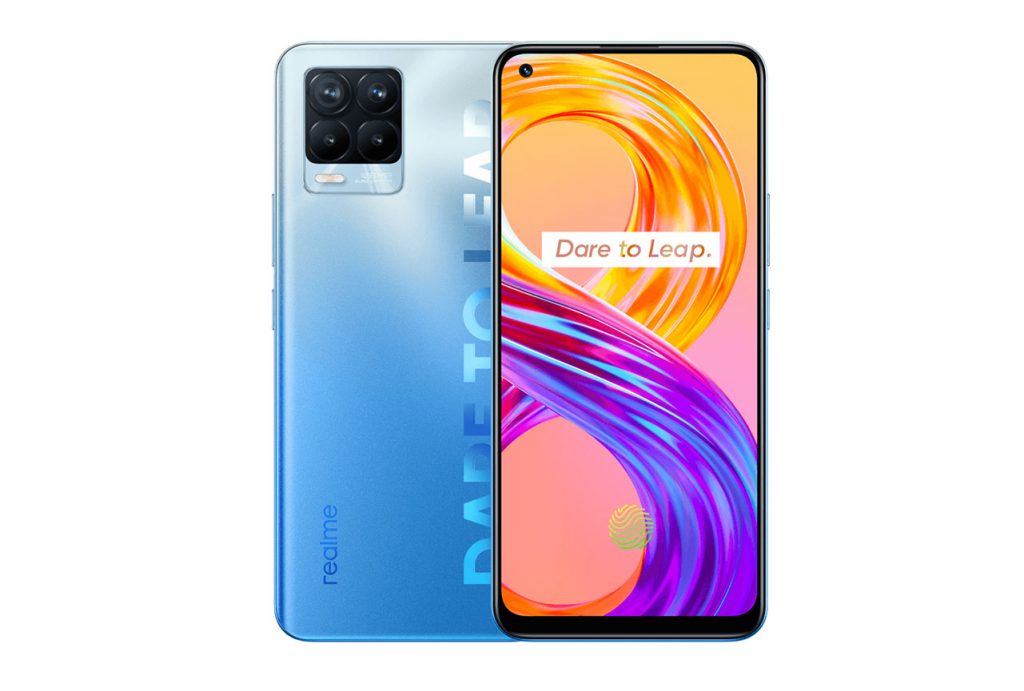







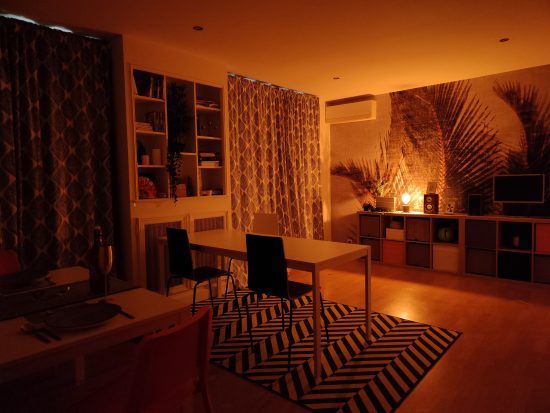


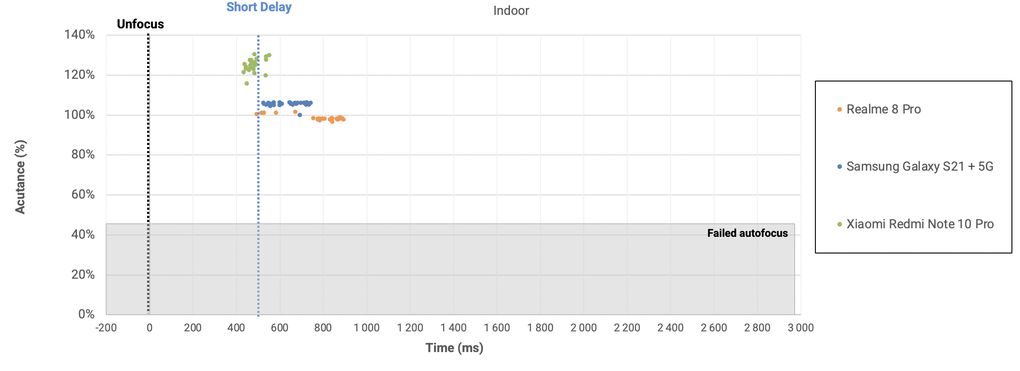
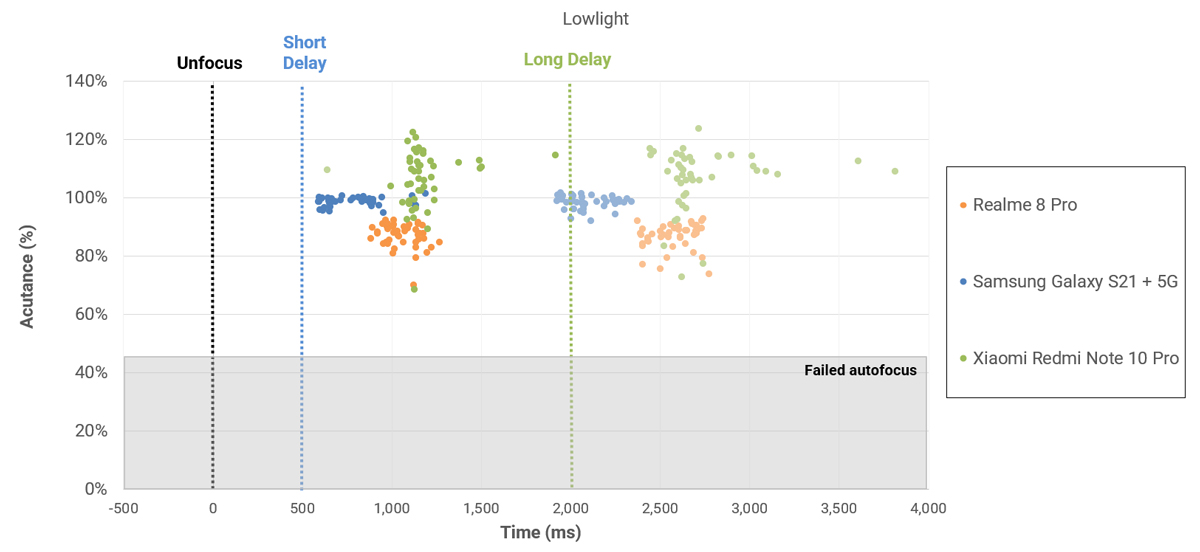
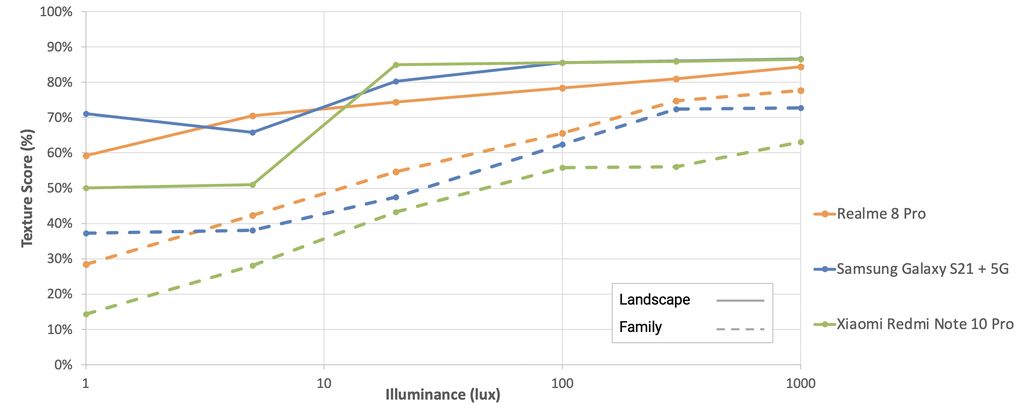























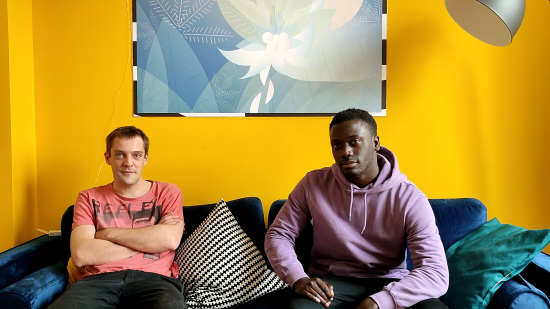

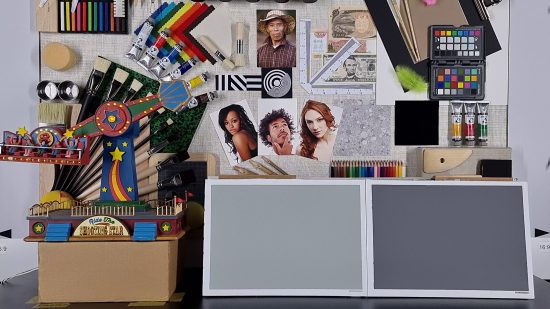
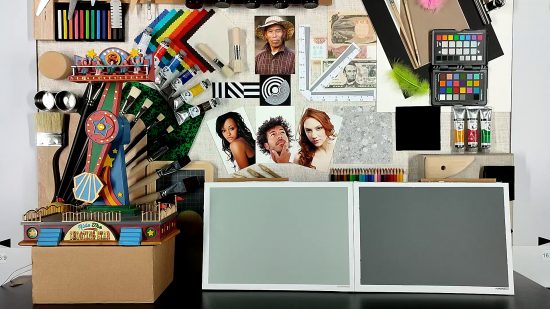


DXOMARK encourages its readers to share comments on the articles. To read or post comments, Disqus cookies are required. Change your Cookies Preferences and read more about our Comment Policy.